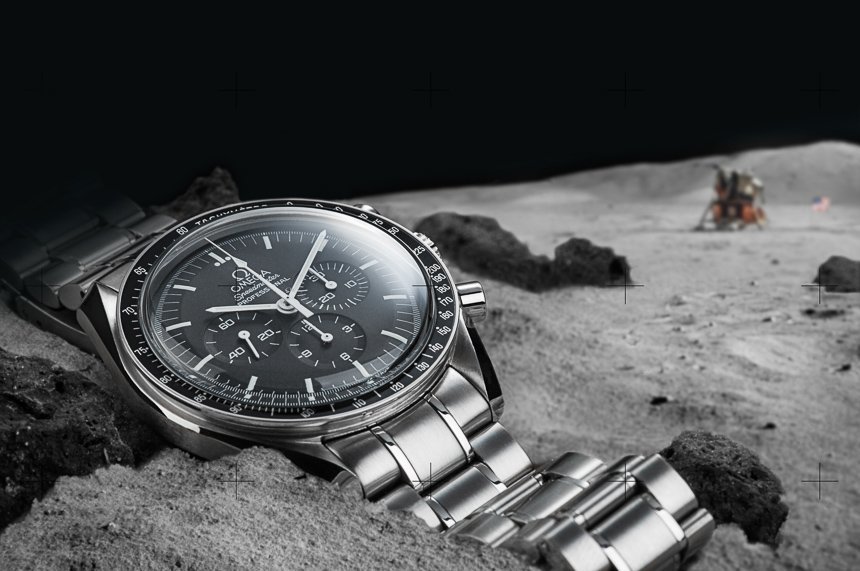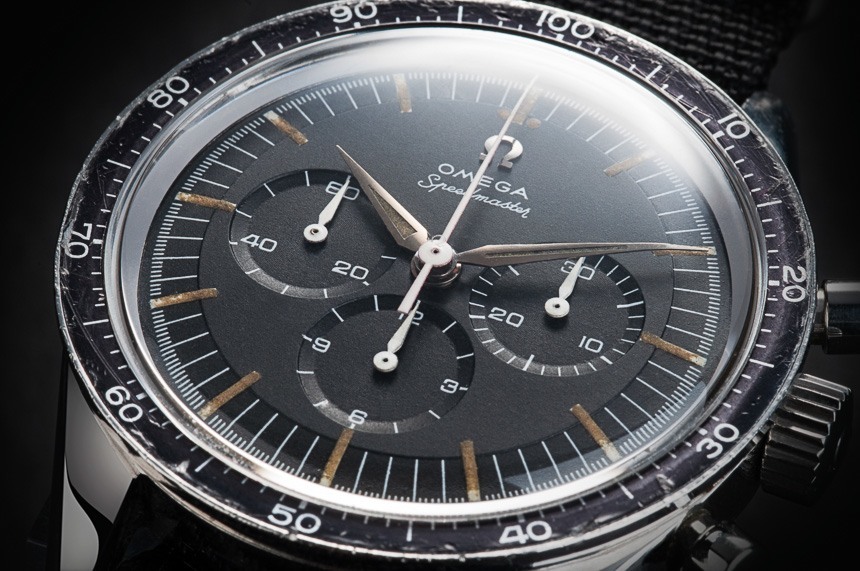
As far as NASA was concerned, the race was well and truly on. A watch needed to be selected from the trio, and fast. Fortunately, the test results were conclusive: Rolex’s Daytona faltered during the humidity test and the high pressure test; Longines’ Wittnauer had a crystal blowout during both the high and low pressure tests; The Omega Speedmaster Professional suffered only a timing error during the decompression test and acceleration test, by far the best result of all the watches. By the end of 1965, NASA had chosen the Omega Speedmaster as the official watch of the Gemini missions, where it joined Ed White as he became the first American to perform an EVA. He and the other astronauts on board actually wore two, one set to mission time and the other to Houston time.
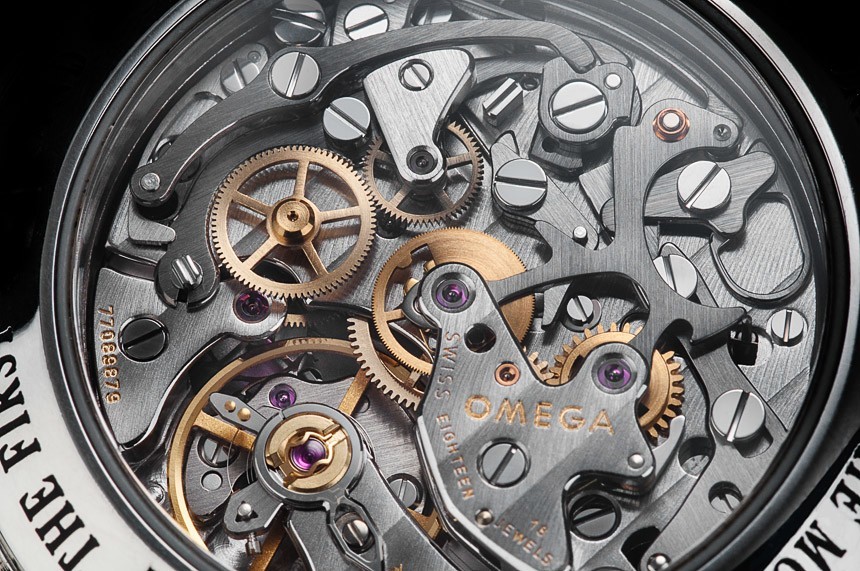
Gemini gave way to Apollo, where the Omega Speedmaster Professional continued its role as NASA’s official watch. The missions started badly, with a 1967 launch rehearsal for Apollo 1 ending in disaster as all three crew — Virgil ‘Gus’ Grissom, Ed White and Roger Chaffee — were killed in a cabin fire. Problems had been expected; there were 113 incomplete modifications due on the CM-012 spacecraft when it had arrived at the Kennedy Space Centre. Grissom, before the incident, said the following when asked about the concerns:
“You sort of have to put that out of your mind. There’s always a possibility that you can have a catastrophic failure, of course; this can happen on any flight. It can happen on the last one as well as the first one. So you just plan as best you can to take care of all these eventualities. You get a well-trained crew and you go fly.”
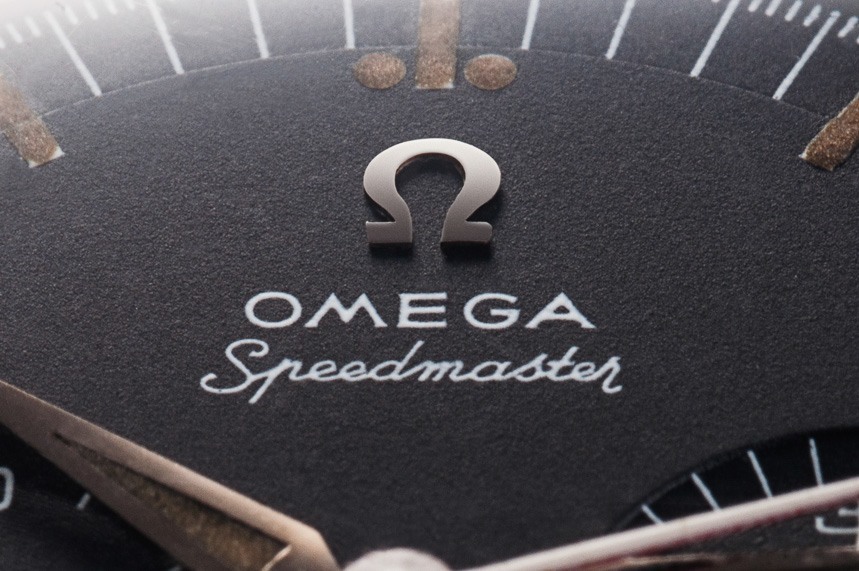
His incredible attitude was echoed in the continued efforts to get to the moon, despite the tragedy. Apollo 7, launched in October of 1968, was the next manned Apollo mission, where a full orbital test of the command and service modules was undertaken. A mere two months later, Apollo 8 took Frank Borman, James ‘Jim’ Lovell and William Anders to the moon and back again. The mission was originally intended to be a low Earth orbit test of the lunar module, which wasn’t ready in time. Instead of cancelling the mission, it was changed, bringing the launch forward and cutting the astronaut’s training by three months. It was the first time any human had seen the dark side of the moon.
The lunar module tests were finally started early 1969 during Apollo 9, where the second docking of two manned spacecrafts occurred, two months after the Russians had again beaten them to the first. Apollo 10 finalized the testing, with a so-close-you-could-touch-it lunar module flight that came within ten miles of the moon’s surface. Everything was set for Apollo 11, the watches especially. And as it turned out, they would be needed to win the most epic race to have even been run.
At eighteen minutes past eight on July 20th, 1969, the lunar module of Apollo 11 set its feet upon the fine dust of the moon’s surface. But the landing was not without its problems: an important instrument had failed, and Neil Armstrong was required to use his Omega Speedmaster in its place. That’s why, over six hours later, when he took his and the world’s first steps on the moon, he wasn’t wearing the Omega. He recounts the experience in the mission technical debrief:
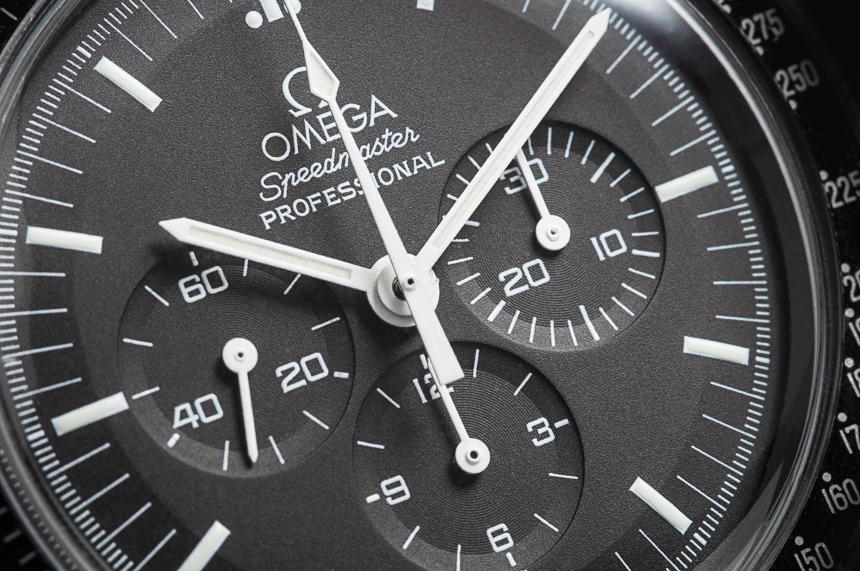
Our mission timer was out, and we decided we had better leave one wristwatch inside in case it got damaged. We would have at least one working watch to back up the mission timer or to use in place of the mission timer, in case we could not get it going again.
Edwin ‘Buzz’ Aldrin wore his Omega Speedmaster as he joined Armstrong on the lunar surface, making it the first watch ever worn on the moon. It was a tremendous achievement, especially so considering that the first man-made satellite was sent into orbit less than twelve years earlier. That short time was all it took for Omega to go from developing a watch it hoped would do well to being the creators of a piece of history.
Andrew Morgan is editor of Watchfinder & Co.’s digital horological publication, The Watch Magazine.

